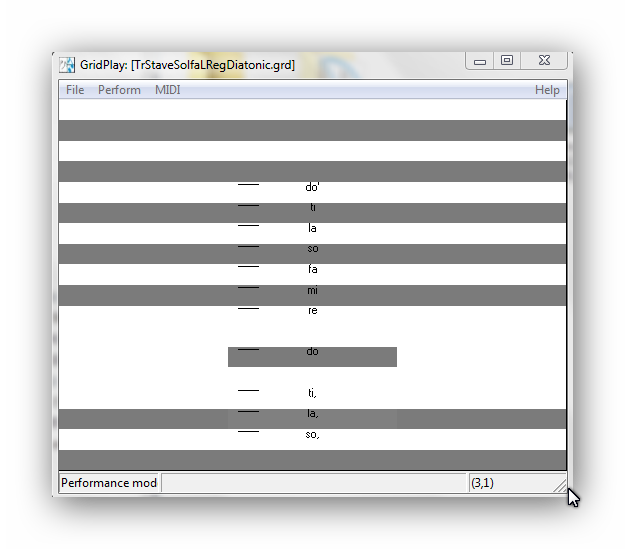I know scarcely anything about pop music and I certainly don’t intend to spend my time trying to write a hit song! I am, though, fascinated to find out what makes other composers ‘tick’ and I endeavour to support and encourage those just setting out on their creative journey, whatever road they may take. Thus it was that I found myself attending an “Introduction to Songwriting” day with The Songwriting Academy, founded last year by Martin Sutton. I thought it would be a bit of fun and interesting – an innocent bit of ‘me’ time. I was surprised to find my day was also motivating and personally enriching. I came away feeling a little envious of young songwriters who can look to the Academy to set them on their chosen path!
Those of you who do know something about the pop scene may be aware that Martin Sutton is himself a multi-platinum selling songwriter and producer. He has brought together a team of award-winning writers who have sold over 200 million records for well-known artists. From their collective experience of writing for the world’s charts, they have developed a system of learning to guide the student “from the spark of creation to producing a
record ready for the charts.”
Having experienced Martin’s “Introduction”, I am sure the team will deliver. Course providers, especially in such a commercial arena, are often careful not to give too much away at a first encounter, but that is clearly not Martin’s way. He packed into the day as much information and experience as was feasible. I recognised a kindred spirit, passionate about sharing and enabling. In other words, a committed teacher. In music, we must grow and live out our learning and that is what the Academy’s team of “publishers, record labels, managers, agents, lawyers, accountants and song pluggers” will facilitate for lucky students.
To find out more, visit www.thesongwritingacademy.co.uk

